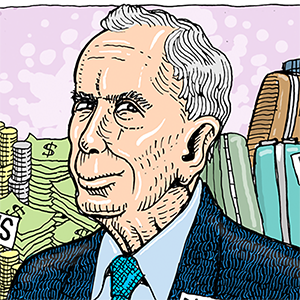Unemployment Benefits: Unemployment and Education - Navigating Job Prospects and Vocational Training
Published in BenefitsWise
Unemployment and education are tightly intertwined, shaping an individuals job prospects significantly. The level of education one attains often has a direct impact on their employment opportunities and can be a determinant in the vulnerability to unemployment. The current job market highly values educational attainment, placing those with higher levels of education in a more favorable position.
Individuals with higher educational qualifications typically have a wider range of job opportunities and are more likely to secure employment with better pay and benefits. Conversely, those with lower levels of education often find themselves competing for a smaller pool of jobs, which are usually lower-paying and less secure.
However, possessing a higher education degree is not a one-size-fits-all solution to unemployment. The job market is dynamic, and the demand for specific skills and qualifications can change rapidly. For instance, during economic downturns, even highly educated individuals may face challenges in securing suitable employment, leading to underemployment or unemployment.
This underlines the importance of vocational training in mitigating unemployment. Vocational training, focused on imparting practical skills and knowledge necessary for specific trades or occupations, offers a pathway to employment for those who may not have access to, or choose not to pursue, traditional academic education. It is especially crucial for addressing the needs of the evolving job market and ensuring that individuals acquire the skills that are in demand.
Vocational training can bridge the gap between education and employment by offering hands-on experience and industry exposure. It provides an avenue for individuals to develop specialized skills that are directly applicable to their chosen field, enhancing employability and fostering career development.
Moreover, vocational training can be a significant enabler in reducing unemployment rates among youth. By aligning training programs with industry needs, young individuals can be better prepared to enter the workforce with relevant skills and practical knowledge, reducing the frictional unemployment that arises when job seekers lack the skills employers are seeking.
Furthermore, ongoing vocational training and continuous learning are essential for staying relevant in the changing job market. They allow individuals to adapt to new technologies and industry developments, ensuring that their skills remain in demand, and they are less likely to face unemployment due to structural changes in the economy.
In conclusion, education and vocational training play pivotal roles in shaping an individual's job prospects and addressing unemployment. While higher education can open doors to a myriad of opportunities, vocational training provides practical skills that meet the immediate needs of the job market. In the face of rapid technological advancements and shifting industry demands, continuous learning and adaptation are key to maintaining employability and fostering a resilient workforce.
Note: These articles are not a substitute for professional financial or legal advice. Always consult professionals for your specific needs.
This article was generated by Open AI with human guidance and editing along the way.





























Comments